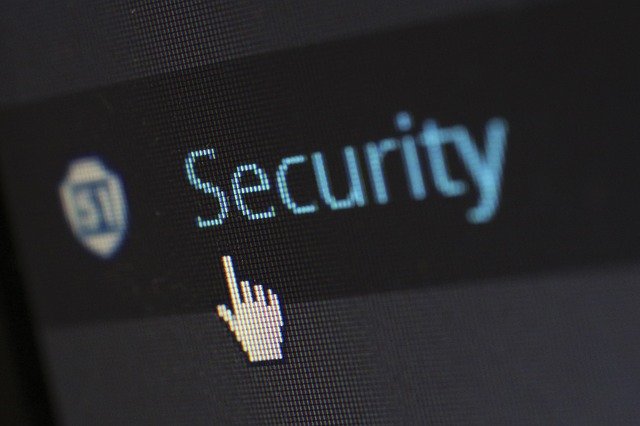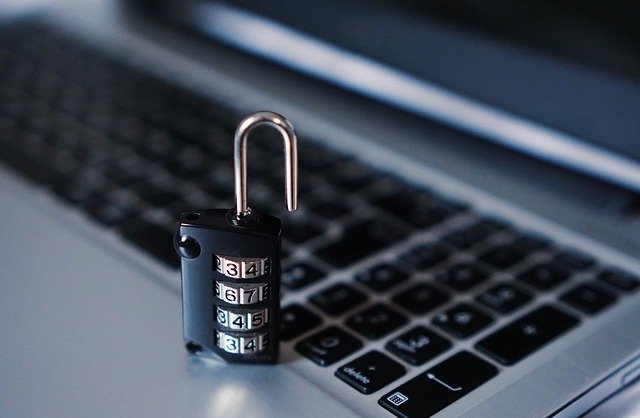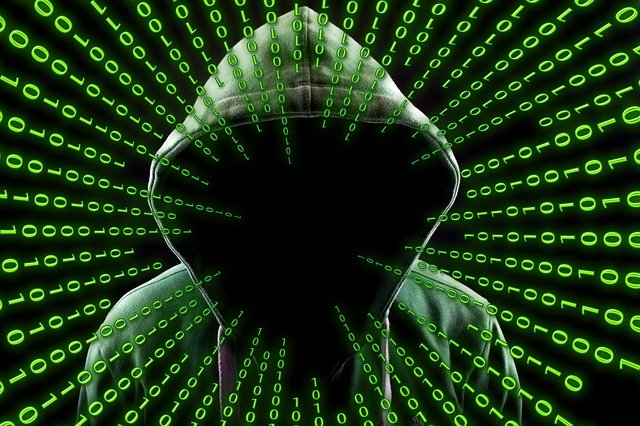
Keeping students safe in a world of technology, and where students are spending increasing time engaging with technology, and even learning via technology, is very important. As I have written in the past, this is also becoming increasingly difficult. Back in March 2021 I wrote about how internet filtering, something that was easy when I started out on my teaching career, is now far from easy and verging on no longer possible (Internet Filtering, March 2021). As such, I suggested that internet filtering can now no longer be considered as a distinct action schools should take in terms of safeguarding, instead needing to be treated as one part of a larger process encompassing a number of stakeholders and actions, all taking within a risk management, rather than compliance framework.
In June I re-emphasised the above in my post, Keeping students safe in a digital world. This time my focus was on Virtual Private Networks (VPNs) and the implication of students being exposed to TV marketing on the use of VPNs to maintain privacy. My concern was that this would drive some students to using free VPNs where the safety and security of data may not be as certain as the apps suggest. It would also serve to make it more difficult for schools to monitor student online activity in the interests of safeguarding.
Since the above June post Apple have held their Developer Conference. Apple, like a number of other device or software vendors are being very “privacy” focussed following recent high publicised incidents around the privacy of user data and some very well known services. With this, Apple decided to announce iCloud+ and their Private Relay functionality built into the iOS and providing VPN like functionality when browsing within Safari. This means “baked in” VPN functionality provided at the operating system level, on Apple Devices such as the iPad which are widely used in schools. Yet another challenge for online safety. Private Relay, a great facility for privacy but yet another blow for school IT and safeguarding teams seeking to keep students safe online. Now my hope is that there will be some ability to control this functionality using a Mobile Device Management (MDM) solution however for now this isnt possible, and I suspect it may only be possible on “supervised” devices rather than on Bring Your Own Device (BYOD) Apple devices. Only time will tell.
I often refer to a continuum, when speaking to sixth form students, existing between individual privacy on one side and public good and safeguarding as items on the other side. So for schools this is the privacy of the individual student versus the schools responsibility to keep students safe, and therefore to monitor and filter online activity. Currently the pendulum continues to move further towards the individual privacy side. I wonder if this will continue or if we will eventually see some balance restored. I also wonder whether, given the increasing ineffectiveness of the technical measures schools can put in place, do the guidelines in relation to safeguarding students online need to be re-examined.









 The recent issue of Huawei 5G equipment in the UKs 5G infrastructure highlights the challenges of the internet and technology, which often cross international borders, but where the services and hardware is produced by companies which exist clearly within the borders of countries and therefore potentially within the influence of their governments. There is a clear tension here between the services provided to the internet and the companies providing them.
The recent issue of Huawei 5G equipment in the UKs 5G infrastructure highlights the challenges of the internet and technology, which often cross international borders, but where the services and hardware is produced by companies which exist clearly within the borders of countries and therefore potentially within the influence of their governments. There is a clear tension here between the services provided to the internet and the companies providing them.

